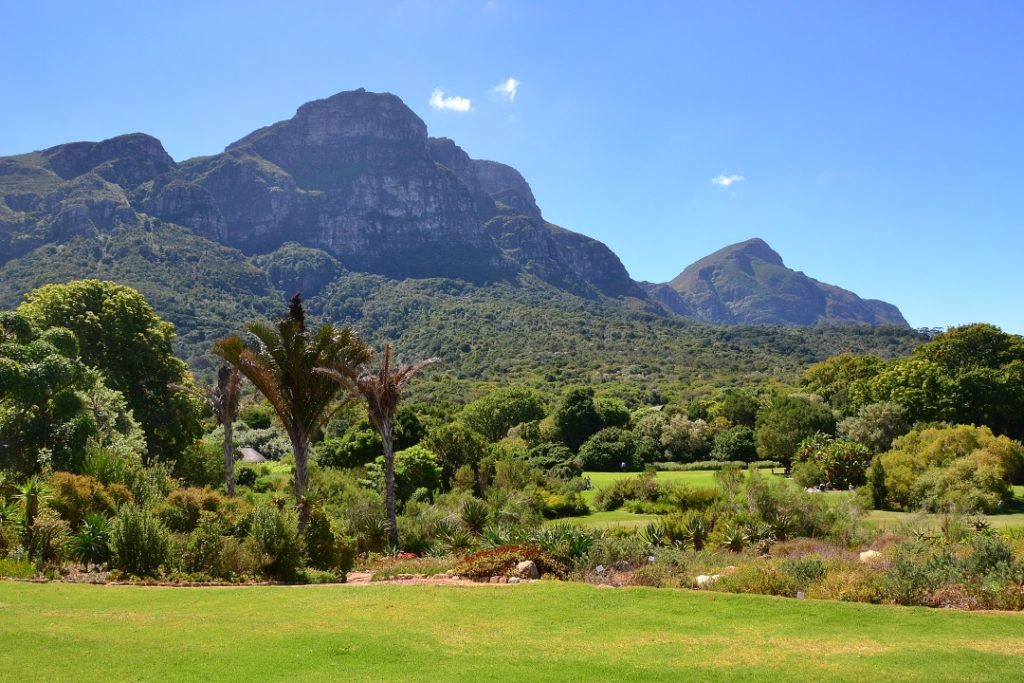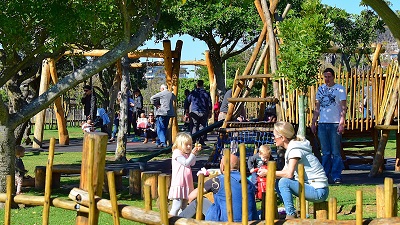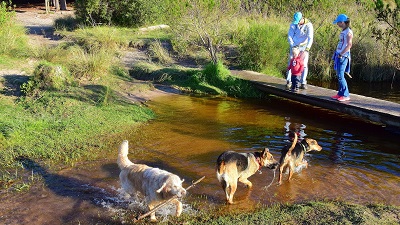Home
Background
The increasing incidence of crime and fire in the buffer zones of Table Mountain National Park pose a serious threat to the urban edge. The devastating fires of March 2015 (which destroyed several homes), the slaying in June 2014 at Trappieskop, the brutal rape and murder in Lower Tokai in March 2016, the fatal attack above Kalk Bay in January 2018, the murder of a cyclist in Sun Valley in March 2018, the murder of a Russian tourist on Chapmans Peak in July 2019 and many other instances of crime, together with ongoing user and stakeholder frustration, highlight SANParks’ failure to adequately manage the 221 sq km Park.

Table Mountain National Park is uniquely situated in an urban setting, and is supposed to be a People’s Park. Unlike rural parks such as Kruger National Park, it must meet a broad range of local user needs; particularly the needs of communities who lack urban green space. Management strategies for the Park must therefore be specific to meet the demands of an increasingly densified city environment. Unfortunately local users regularly run into issues and concerns that hinge primarily around safety with respect to crime and fire; access and creeping fees; a focus on biodiversity and touristic commercialisation to the exclusion of local user groups, ratepayers and communities; and, the failure to effectively manage buffer zones, particularly where they lie adjacent to dense urban edges.
The Vision
To create safe, biodiverse, open and shaded parkscapes in the buffer zones of Table Mountain National Park where Park meets urban edge.

These buffer zones will provide safety from both crime and fire, and will also, where necessary, provide areas of safe, easy-access green parks for all Capetonians, meeting the needs of mixed user groups as might apply to each area. Approaches might broadly follow the proposed Lower Tokai model, if appropriate, and need to be community driven.
The buffer zone parks will need to be created in collaboration and consultation with the City and/or Province, SANParks, relevant experts, and local communities and user groups. Each community/user group will be responsible for crime monitoring in their own area via their local crime watch and residents’/ratepayers’ associations, and with instrumental assistance from Table Mountain Watch and other City driven safety initiatives. They should also, together with the City and SANParks, take part of the responsibility for the management of their own park.
Tokai Park
The plantation section Lower Tokai enjoys extensive use by families, horse-riders, cyclists, joggers and dog-walkers, whereas the dense and often head-height fynbos section is mostly ignored for recreational purposes. Squeezed into this small area, which is perceived to be safe as a result of the visibility provided by the plantation, users have come to accommodate and respect each other – and share the same concerns for an area of safe multi-purpose recreation.
Following the brutal murder of Franziska Blöchliger in March 2016, the critical focus for Tokai Park is “Safety First!”
Vision
Creation of a community-focused and environmentally-friendly informal parkscape that includes sun and shade, biodiversity conservation, culture and heritage, education and above all, safe recreation to meet the needs of existing and new users of the Lower Tokai Park area (the entire area within the 4km bike/walking track).



































